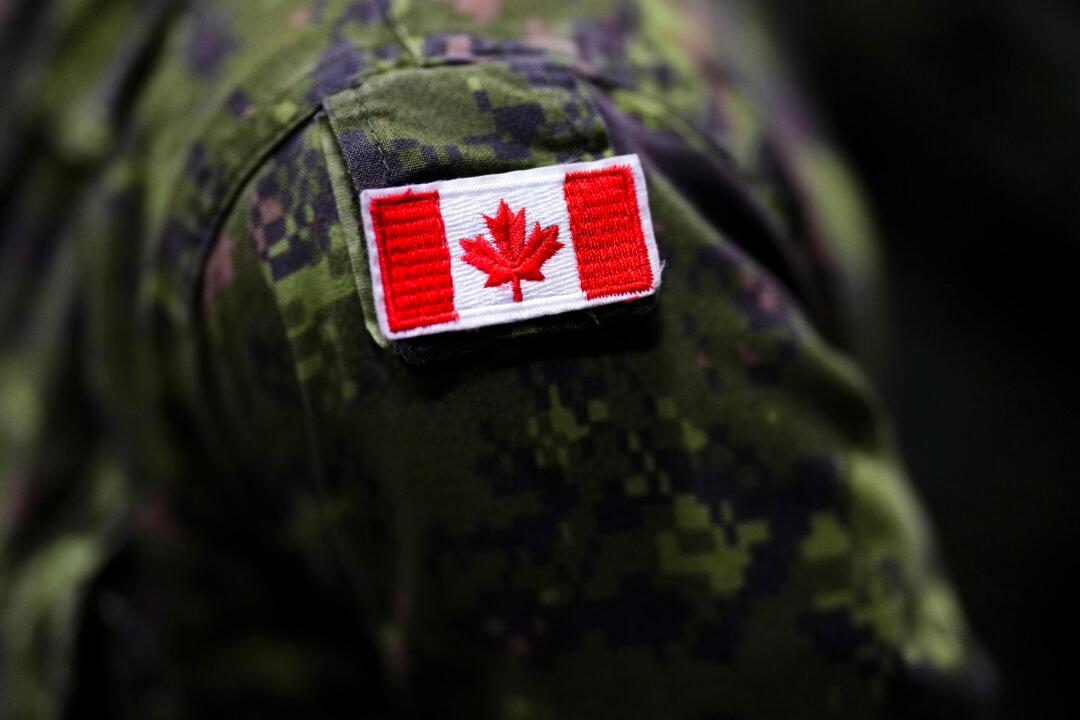A coalition of leading health groups is calling on Canada’s sports organizations to implement policies to better protect participants from concussion.
The Canadian Concussion Collaborative (CCC) says the current “haphazard approach” to concussion management needs to be replaced by a comprehensive across-the-board protocol.
“Concussion in sport is a public health problem and a major concern for those involved in high-risk sports,” said Dr. Pierre Frémont of the Canadian Academy of Sport and Exercise Medicine (CASEM).
CASEM is one of the nine advocacy organizations comprising the CCC, whose recommendations on concussion management have been published in the September issue of the British Journal of Sports Medicine.
“We know that when appropriate concussion management protocols are in place, the number of actual properly identified concussions increases five-fold,” said Frémont.
This is a result of coaches, parents, and players being properly educated to recognize concussion symptoms and knowing what actions to take, he noted.
In the absence of a protocol, many concussions go unnoticed and don’t get proper treatment, Frémont added, which could lead to longer-term negative consequences.
According to the CCC, several studies have shown that most concussions, especially if they are identified early and managed properly, can be treated in 7 to 10 days.
To curtail the growing problem of concussions in sport, the coalition is recommending that all sports organizations across the country implement a concussion management protocol customized for their specific sport and based on best practices, such as educating participants and ensuring proper access to resources.
In cases where sufficient medical resources for concussion management are not available, health professionals from various disciplines should work together to facilitate access to proper medical resources and relevant expertise to improve concussion management, the CCC says.
According to a recent survey, only 41 percent of national and provincial sports organizations involved in concussion-prone sports such as hockey, football, or basketball have concussion management protocols in place. Of the 14 organizations that do, only a few make it mandatory for member organizations to have their own protocol.
All stakeholders involved in sport have a part to play, the CCC says. Federal and provincial governments should introduce policies or legislation making the implementation of concussion management protocols a requirement, and national and provincial sport organizations should have concussion management protocols in place.
Even if a national or provincial-level protocol is lacking, community-level clubs should ensure they have their own protocol in place.
Schools and school boards should also develop and implement an integrated sport and academic concussion management protocol, the CCC says, and parents should ensure sports clubs and organizations have proper protocols in place.
Coaches and trainers should learn concussion-related skills and encourage their organizations to have a concussion management protocol, while health care systems and professionals should continue their education efforts to prepare primary care and emergency resources for concussion management, the coalition says.
CCC member organizations include the Canadian Medical Association, the College of Family Physicians of Canada, and the Canadian Academy of Sport, among others.





